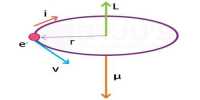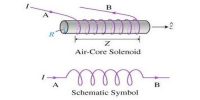Applications of Joule heating:
(i) Electric heating device
Electric iron, electric heater, electric toaster are some of the appliances that work on the principle of the heating effect of current. In these appliances, Ni-chrome which is an alloy of nickel and chromium is used as the heating element for the following reasons.
- It has high specific resistance
- It has high melting point
- It is not easily oxidized
(ii) Fuse wire
Fuse wire is an alloy of lead 37% and tin 63%. It is connected in series in an electric circuit. It has high resistance and low melting point. When large current flows through a circuit due to short circuiting, the fuse wire melts due to heating and hence the circuit becomes open. Therefore, the electric appliances are saved from damage.
(iii) Electric bulb
Since the resistance of the filament in the bulb is high, the quantity of heat produced is also high. Therefore, the filament is heated to incandescence and emits light. Tungsten with a high melting point (3380oC) is used as the filament. The filament is usually enclosed in a glass bulb containing some inert gas at low pressure.
Electric arc and electric welding also work on the principle of the heating effect of current.
In some cases such as transformers and dynamos, Joule heating effect is undesirable. These devices are designed in such a way as to reduce the loss of energy due to heating.















